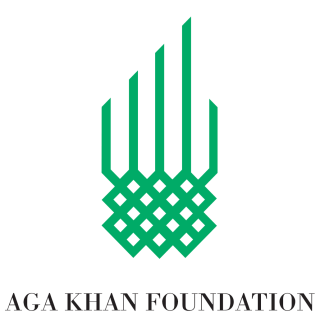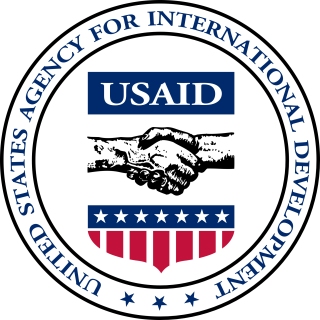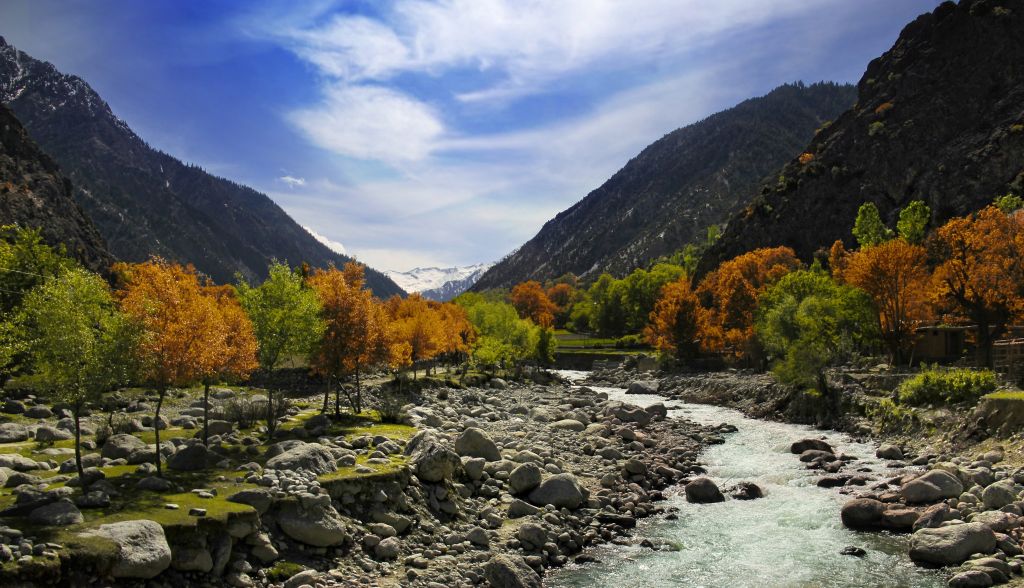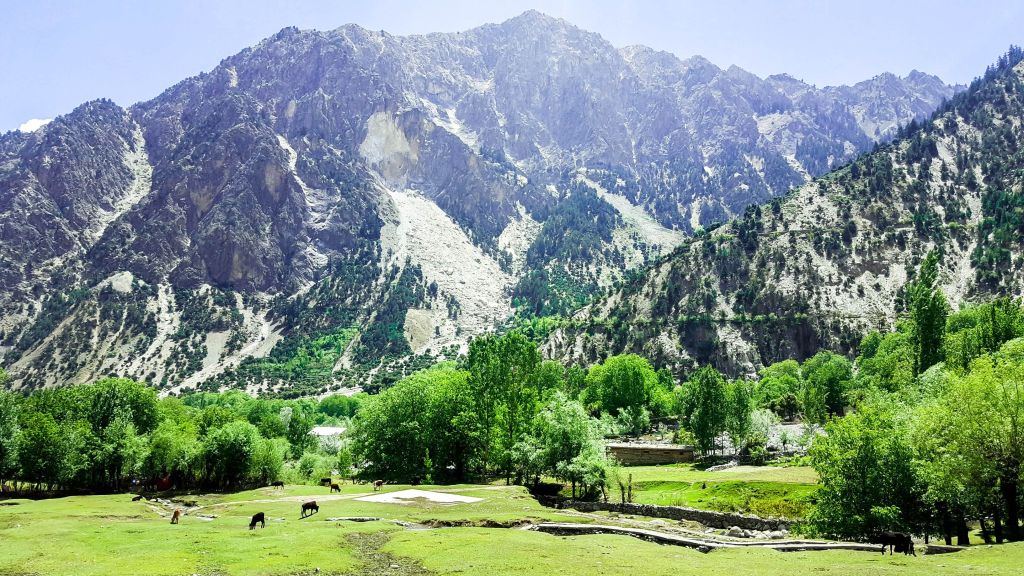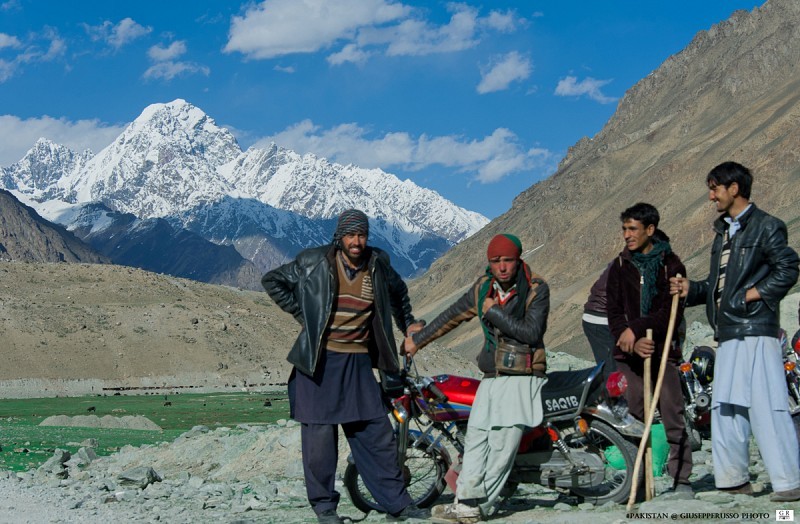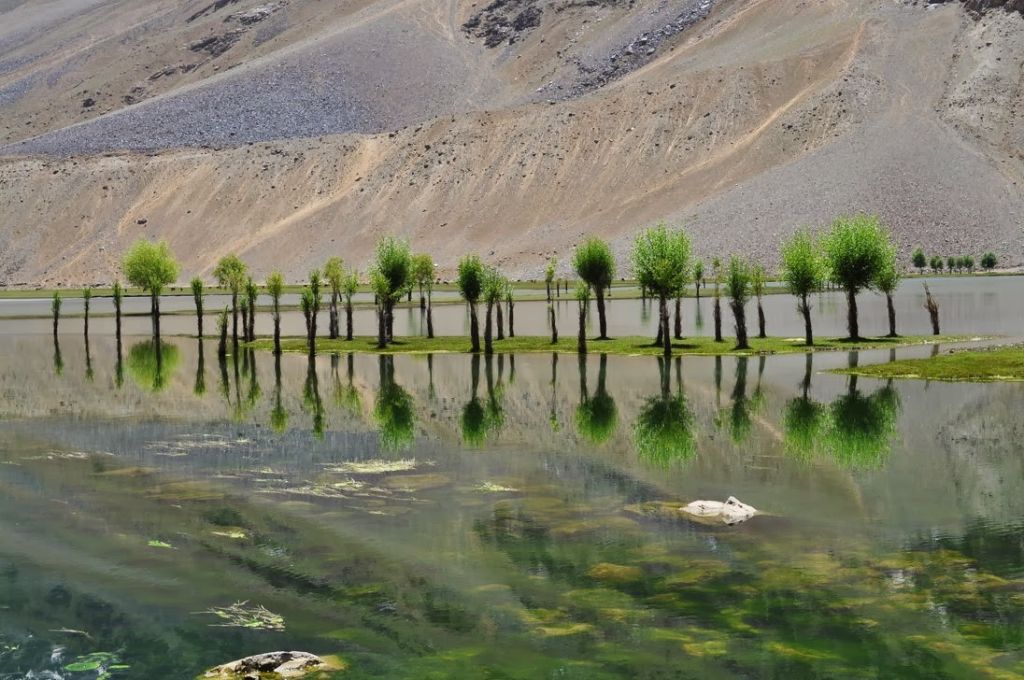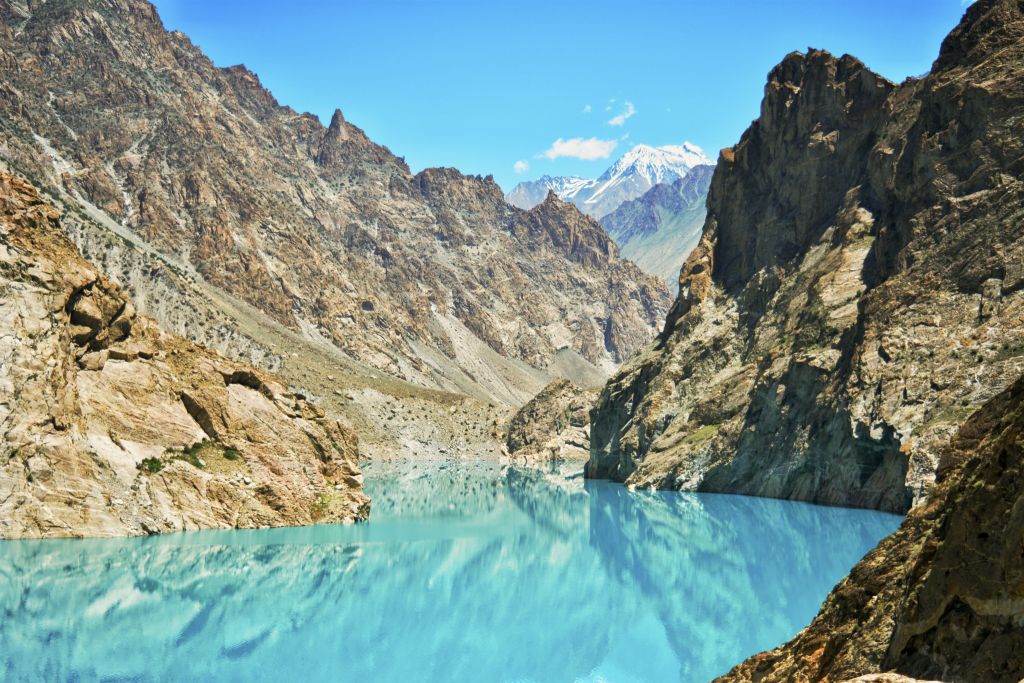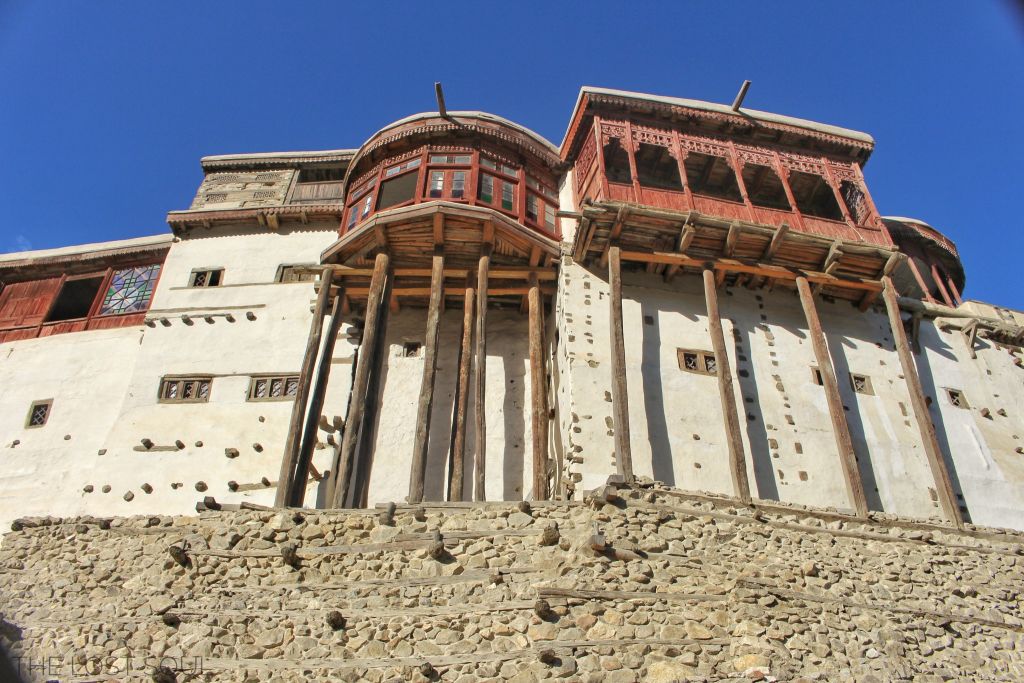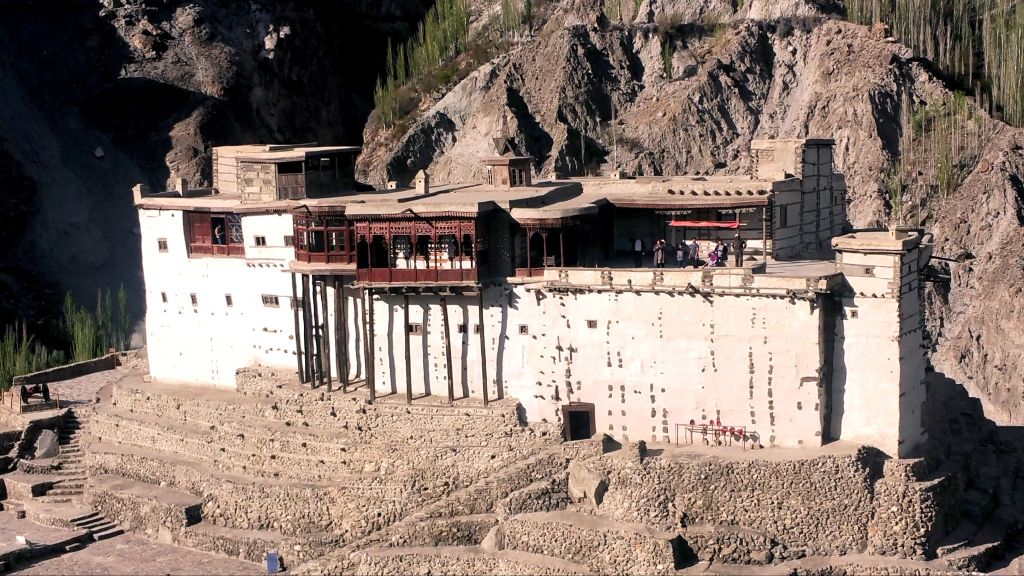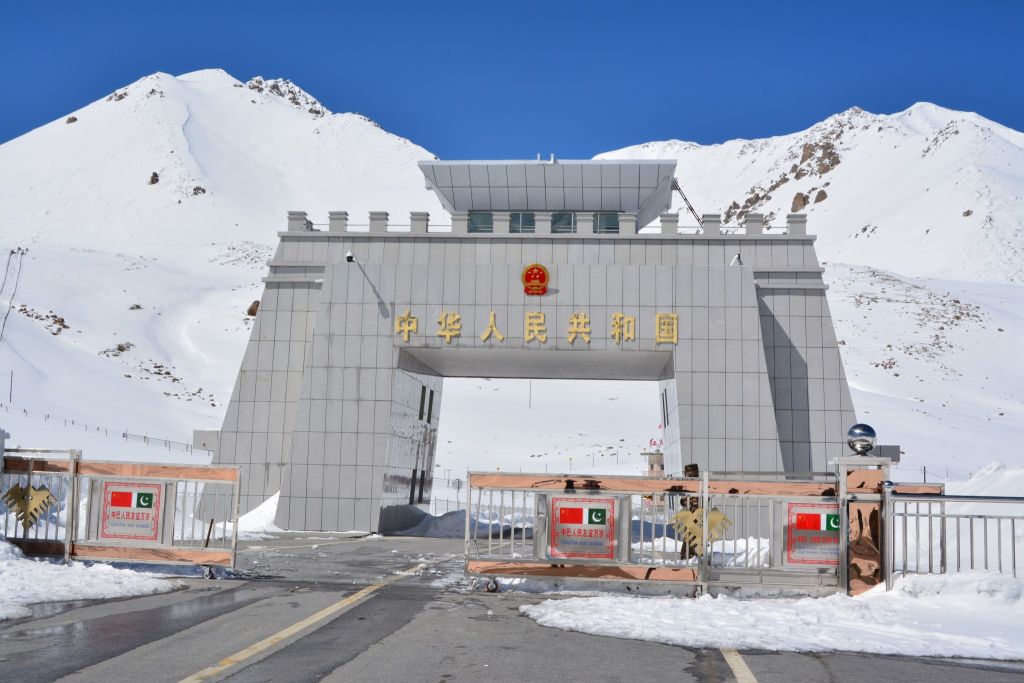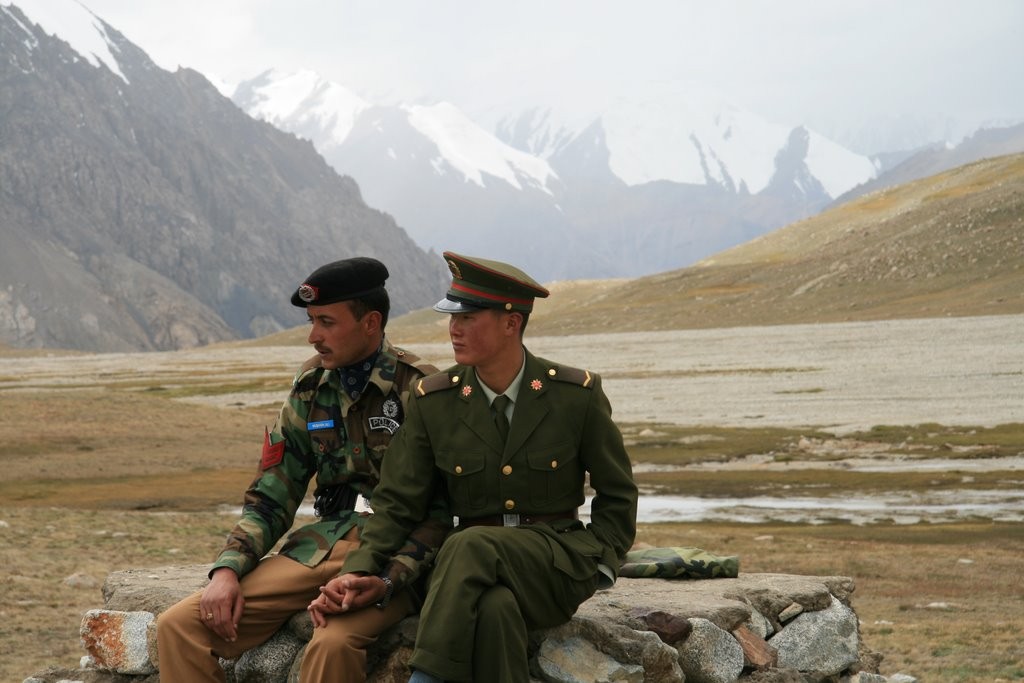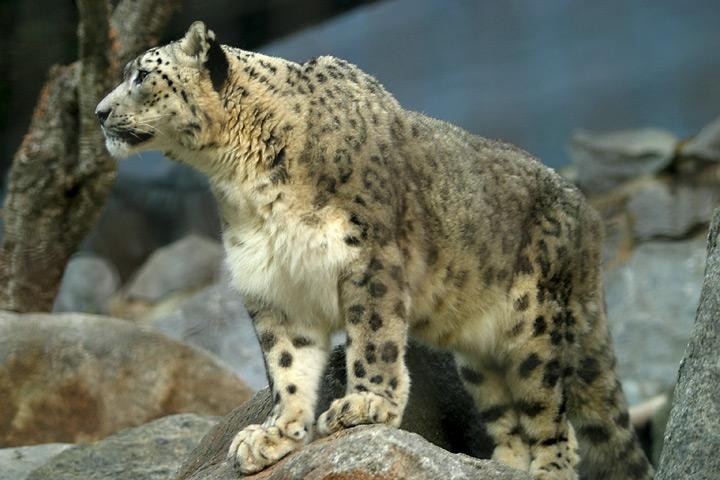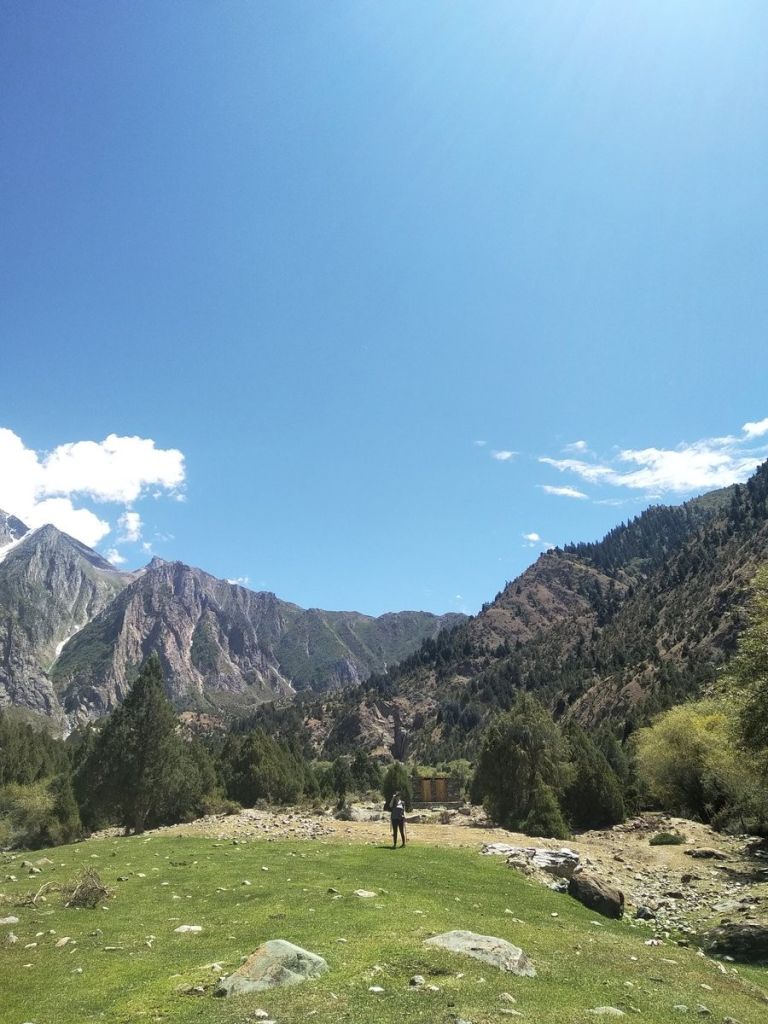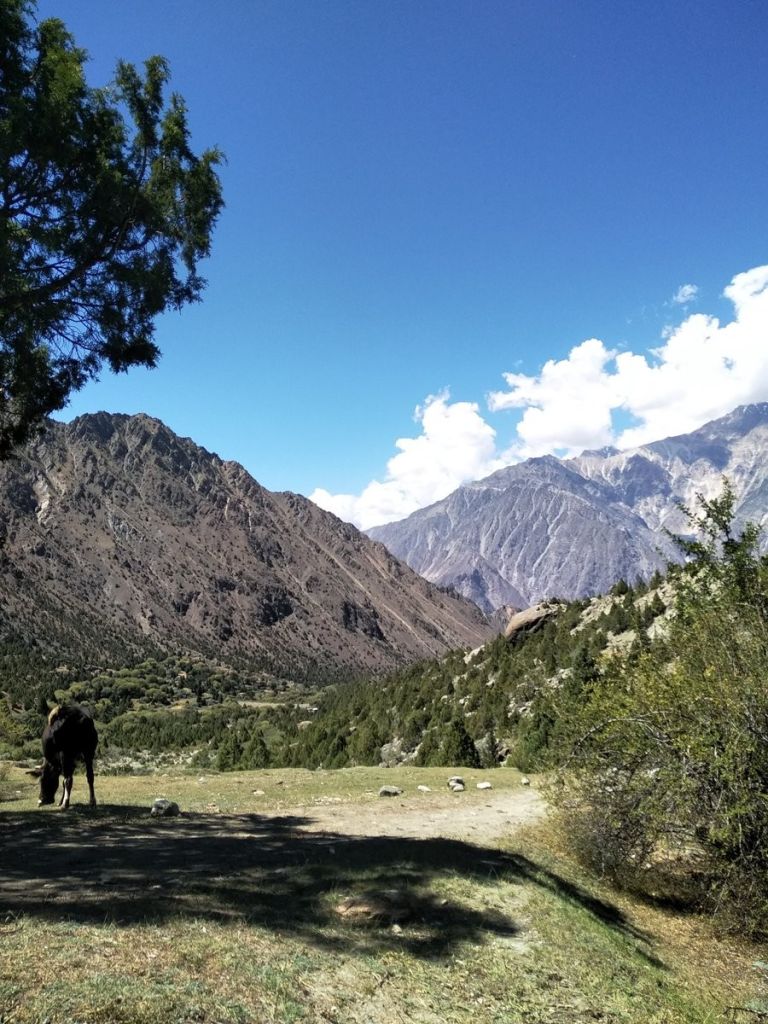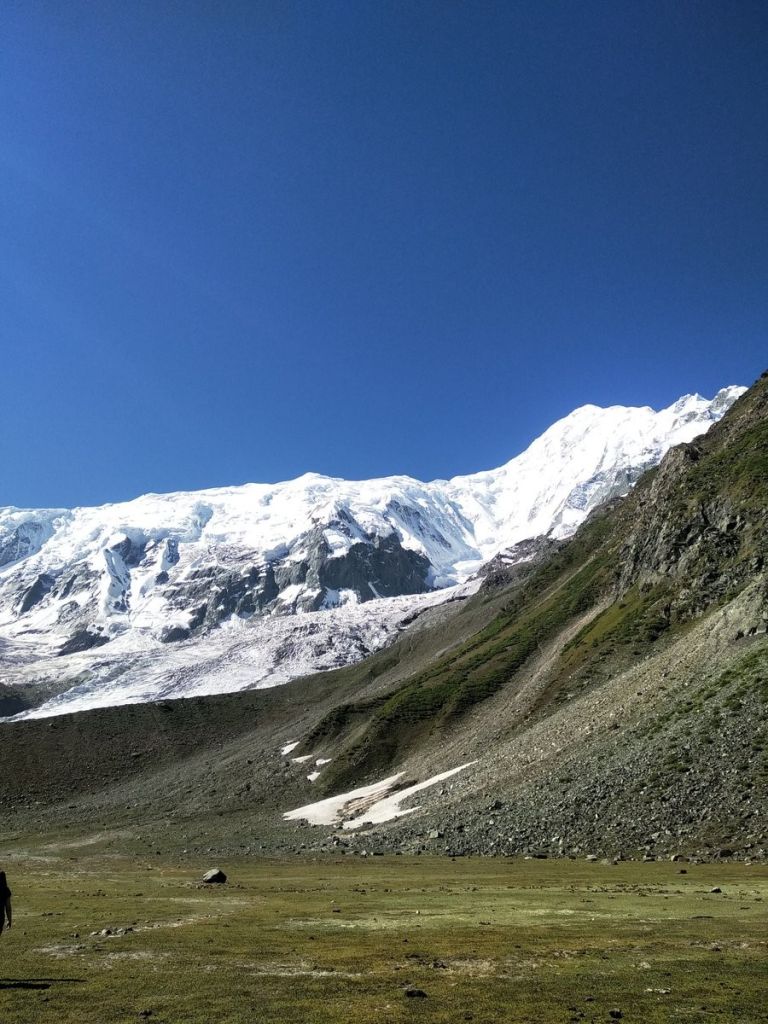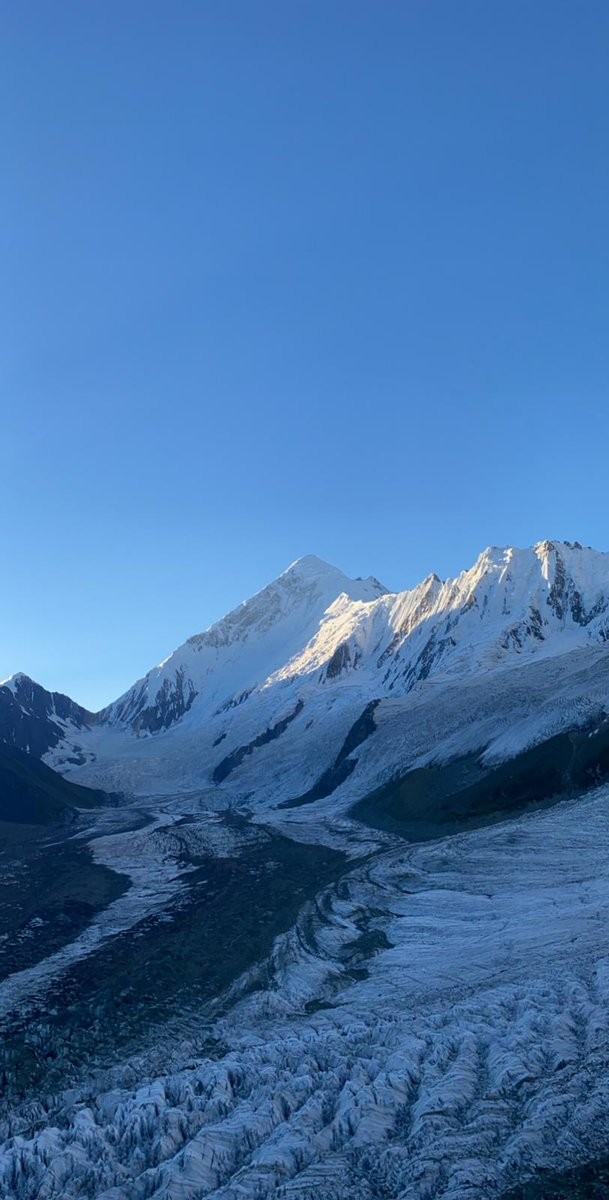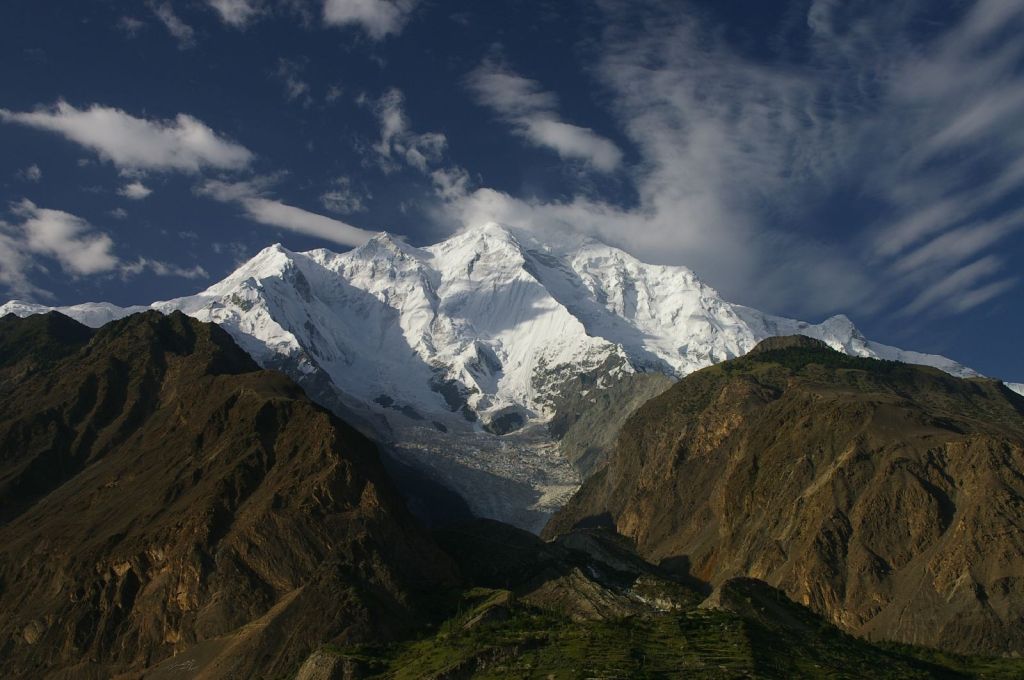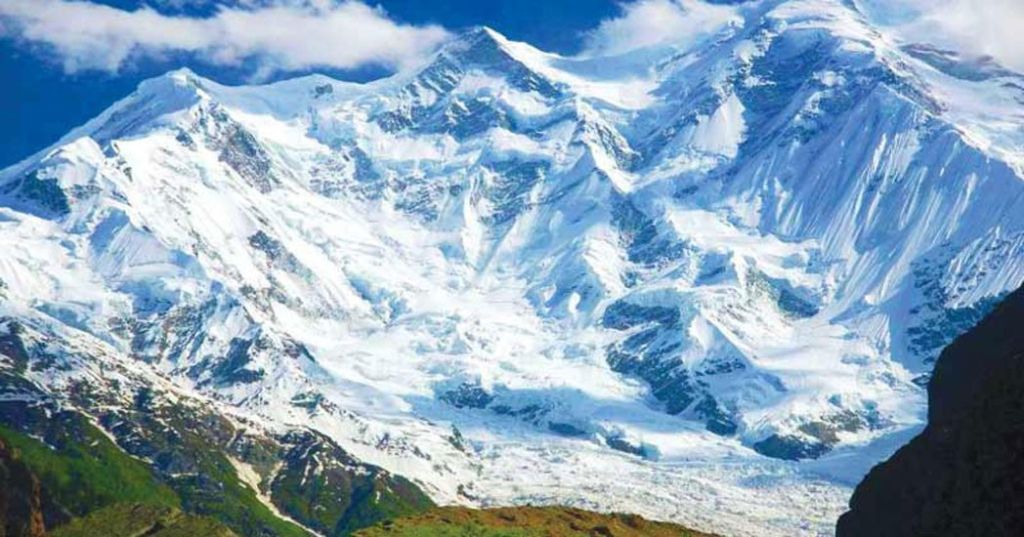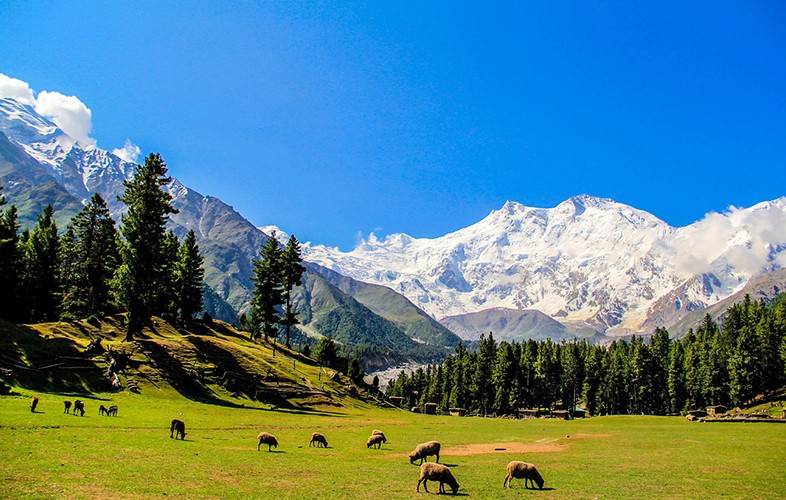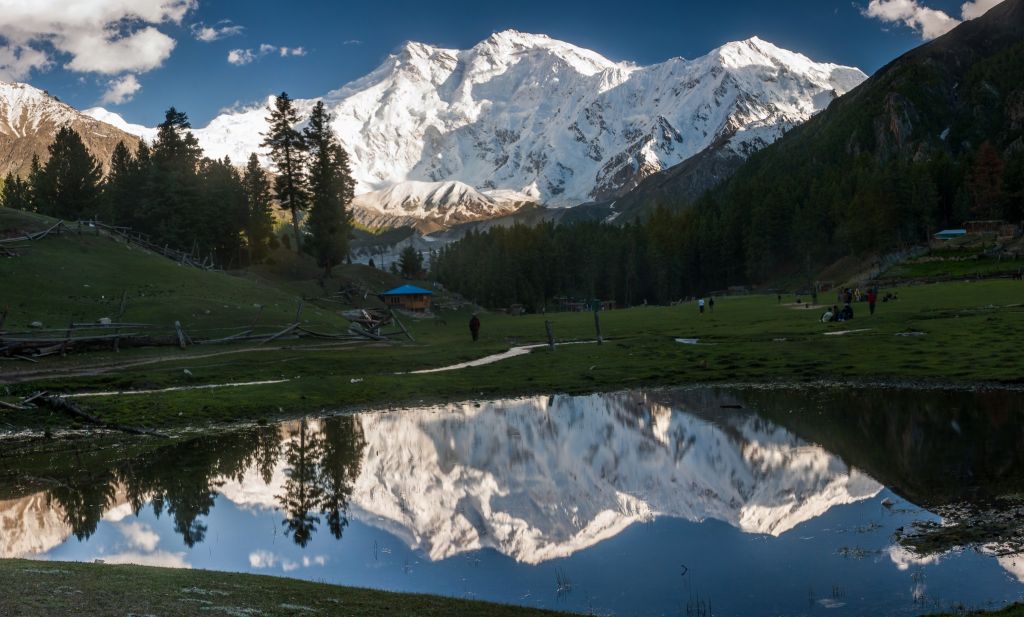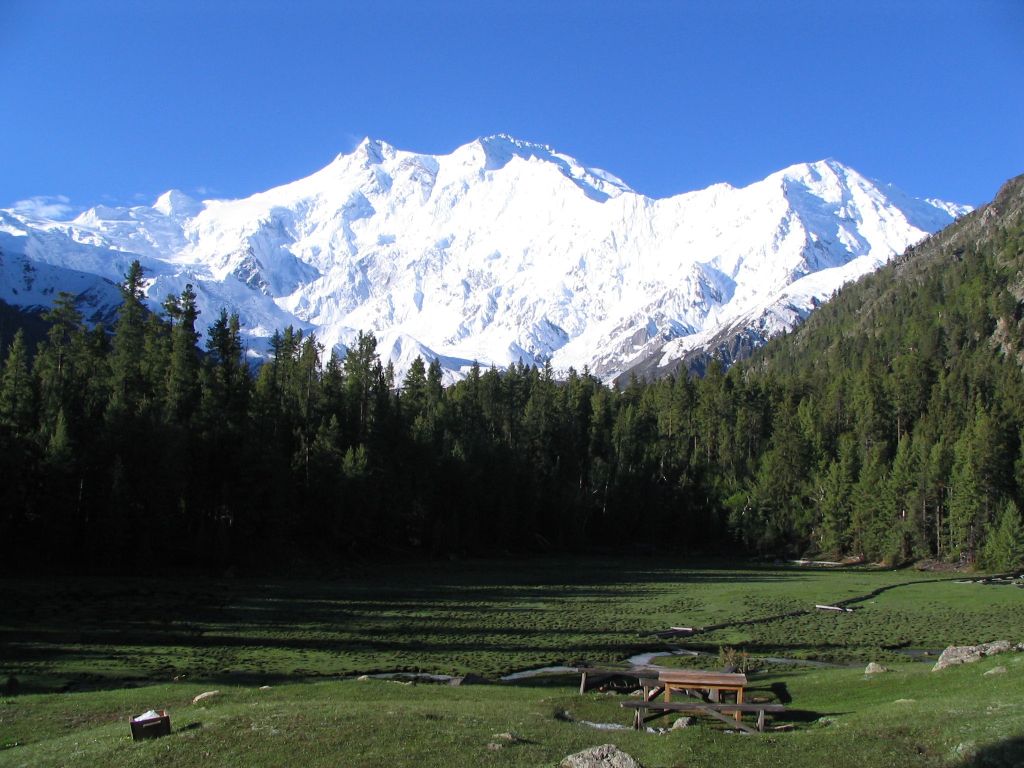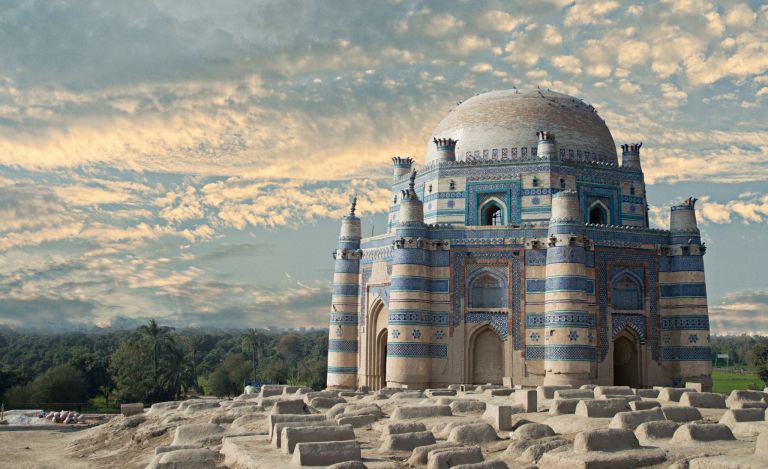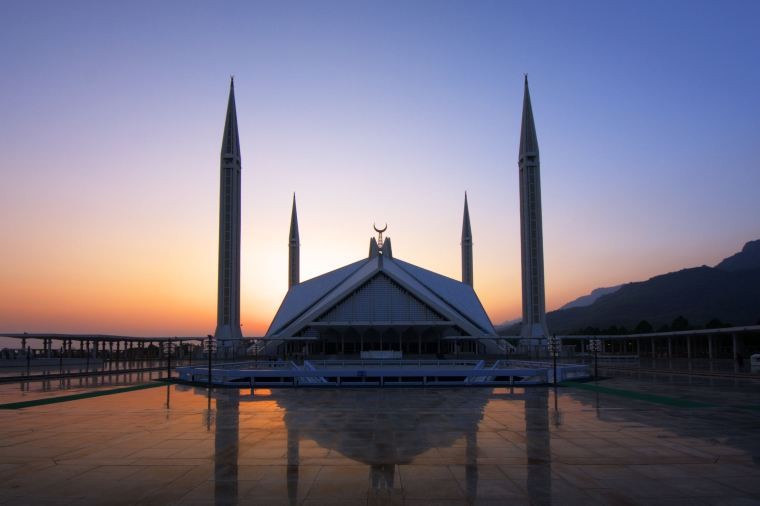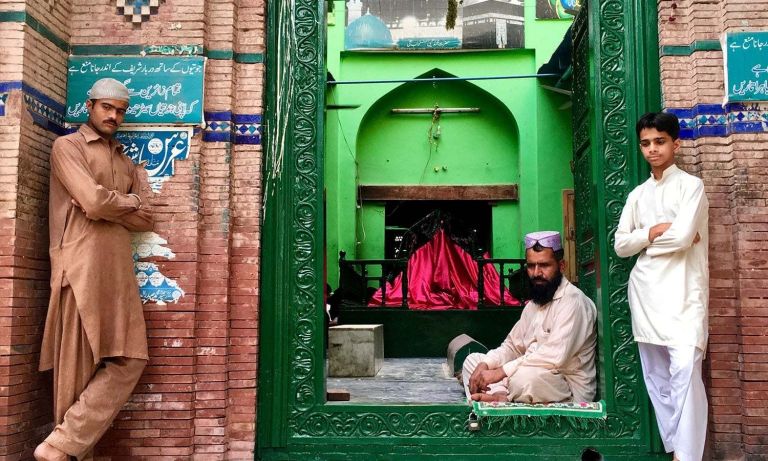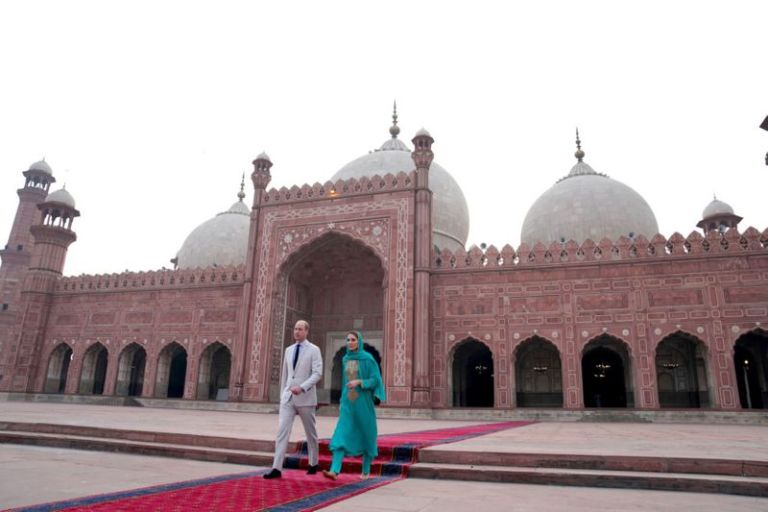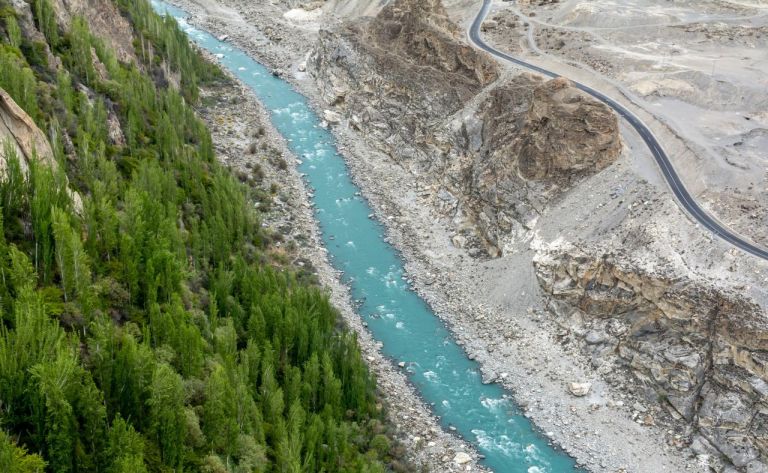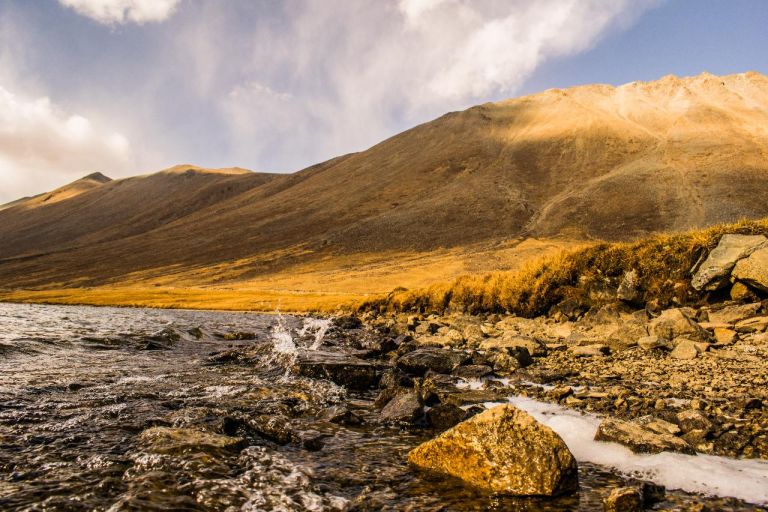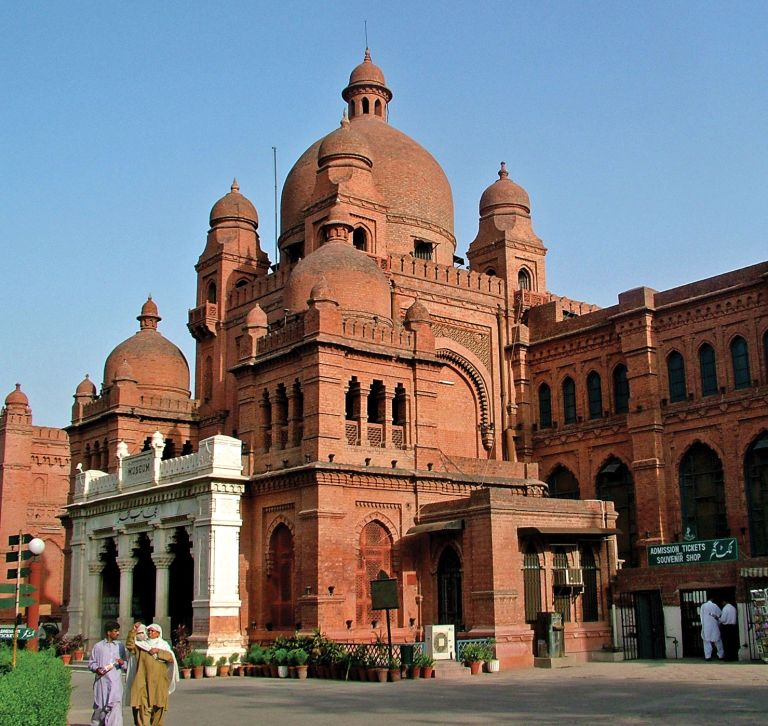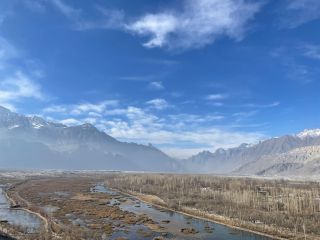"Pakistan?! They wear the burqa over there? And you're not afraid of the Taliban?" A trip to the "land of the pure" will probably earn you a few questions like this. Yes, there are some extremists left in some parts of the country and yes, some women wear a burqa. The Pakistani military had a lot of success in stabilizing the region and places like Peshawar, Swat Valley and Khyber Pass are not fine to visit. In fact, the Taliban being back in charge in Afghanistan is good for the stability of Pakistan.
Pakistan, which covers nearly 800,000 square kilometers and has around 200 million souls, is obviously more than those few stereotypes. Locals are very aware of these prejudices and are even saddened by how the country is often viewed. Little do outsiders know of how hospitable and open Pakistanis are to foreigners and how rich the country is in terms of nature, culture, history and religion.
It’s difficult to understand a country so rich, so complex and so paradoxical. A very patriarchal country which was the first among Muslim states to have a woman as Prime Minister. A country that bans alcohol but one of the most successful businesses is a brewery that produces beers, whiskey and other prohibited liquors.
Isn't the ignorance by western media one of the best reasons for the curious traveler to tread its lands? This country certainly suffers from many ills like many other countries, but it also harbors their antidotes: activists, lawyers, feminists and overal just many good people. They are also the ones you will meet during your travels.
As you will discover throughout these pages, Pakistan is a mosaic of peoples, languages, traditions, landscapes and religions. It is a country rich in a multi-millennial history which has left unique and sumptuous cultural and architectural traces. Above all, it is a country where you will be welcomed with open arms, a chai in your hand and a thousand questions in your mouth. “Do you like Pakistan?” Pakistanis will ask you for sure. At the end of your stay, we bet that the answer will be a big "Yes!"
We have many itineraries on our website, all run through our network of oldtime guides and specialists and honestly, picking anything is good! The itinerary below is a good programme to taste a little bit of everything: culture, history and also the natural wonders of Pakistan. We also focus on Peshawar and Swat, regions which have suffered from bad press, but are totally fine to travel to now and have plenty to offer.
Day 1: Lahore
Meeting up with the team at Lahore International Airport and transfer to hotel. If there is enough time we’ll visit the Anar Kali Bazar museum, Liberty Market and the Food Street in the Old City
Day 2: Lahore
After breakfast we’re driving to Iqbal Park and we will visit Lahore Fort and the Royal Mosque. The fort is a huge complex near the walled city with palaces, pavilions, mosques, watchtowers, mausoleums, baths and museums. There was already a mud castle on this site in the 11th century, but the fortress was renovated and rebuilt in the 17th century. In the afternoon we’ll drive to the border with India to experience the flag ceremony, which might be just the most impressive and intimidating thing you’ve ever seen. A truly remarkable experience.
Day 3: Peshawar
After breakfast we’re driving to the Katas Raj Temples, south of Islamabad. According to tradition, the temple was founded at the time of the writing of the epic Mahabharata, and the Buddhist monk Faxian described it in his travel accounts from the 4th century AD. Since 2006, the complex has been gradually restored. The focal point of the complex is a pond which, according to tradition, was created from the tears of the Hindu god Shiva, who was mourning his deceased wife, and because of which the place quickly developed into an important Hindu pilgrimage site. Over the centuries, the complex has been expanded to include numerous buildings in different architectural styles. The ruins of the temple dedicated to Hanuman - as well as a pavilion above the pond - with their Corinthian columns show unmistakably Greek influence, which harks back to the conquest of northern Pakistan by Alexander the Great in 326 BC. remembered. Not far from there are the ruins of a Buddhist dagoba.
Day 4: Swat
In the morning we’ll visit the Peshawar Museum, followed by the Mohabbat Khan Mosque, Qisa Kwani Bazar and then we’ll go to Swat Valley. We’ll also visit Takht-E-Bai, a former Buddhist monastery from the Gandhara period. The site is located on a hill with a water source. The monastery was probably built in the first century BC. The majority of the buildings date from the 6th and 7th centuries. Inside the monastery we can find a stupa surrounded by 35 smaller stupas. It is a UNESCO World Heritage site.
Day 5: Kalash
Today we’ll have another scenic drive all the way to Bumburet in the Kalash Valley, north of Swat and surrounded by the Hindu Kush mountains. During our stay we will meet the Kalash people who have their own culture, language and some of them still practice an old form of Hinduism. This ethnic minority is known for their colorful clothes and jewelry worn by their women.
Day 6: Kalash
We’ll visit Bumburet and Rambur, a local museum and the rest of the region. You’ll have plenty of time to explore this fascinating region.
Day 7: Mastuj
Today we’ll drive all the way to Chitral where we’ll visit the Royal Mosque and afterwards we’ll go to Mastuj where we’ll visit the village and overnight at the local hotel. The town is known for its beautiful surroundings and is little visited by tourists, a true hidden gem!
Day 8: Gupis
Next on the agenda is Gupis, we’ll be driving on the road to Gilgit and will travel across the Shandur Pass, located in the Hinduraj Mountains of the Chitral District in Pakistan. The pass reaches a height of 3738 m and is the connection between the Chitral district and the Gilgit district. It’s here that we find the highest polo field in the world, on a 3728 m high plateau near the pass with a yearly 3-day event. From November to May the road is inaccessible because of the snow. It is one of the most remote places in Pakistan.
The Hinduraj mountains in northern Pakistan are divided with lakes, rivers and glaciers and the Shandur plateau with the Shandur Lake is fed with water from the glaciers of the surrounding mountains. The excess water of Shandur Lake drains through the Gilgit River, where trout swim.
Day 9 and 10: Karimabad
Karimabad is one of the most visited places in Gilgit-Baltistan and the base for anyone visiting Hunza Valley. It is famous for its two historical forts: Altit Fort and Baltit Fort, which both are amazing tourist destinations, so we’ll definitely have a stop here. During spring the valley is full of blossoms and during summer everything is lush green. It is one of the most beautiful places in Hunza. We’ll also have a visit to the Bazaar and on our way to Karimabad we’ll also see the Rakaposhi Viewpoint. We’ll also try to go to the Hoppar Glacier on the second day and will choose a good viewpoint to have some great sunset views on the 5 peaks over 7.000 meters.
Day 11: Passu
Passu is a village in the Gojal Valley near the Karakoram Highway in Upper Hunza and the base for many beautiful treks. It is named after the Passu Glacier and is south of the Batura Glacier. The whole region was very hard to reach before the Karakoram Highway was finished and until 1974 Hunza and neighboring Nagar were still kingdoms. En route to Passu we’ll have a stop at the turquoise Ata Abad lake and then have a visit to the museum in Gulmit, followed by a walk on the Husseini Bridge, Borith Lake and the Passu Glacier View Point.
Day 12: Khunjerab Pass
Today we’ll go all the way to the border with China passing through Khunjerab National Park, home of the snow leopards. Be on the lookout for animals such as ibex, wolves and golden eagles, while we’ll drive in between the dazzling cliffs around the meandering river on zigzagging roads. This road is absolutely impressive and will stay in your memory forever.
Day 13: Minapin
Next stop: the village of Minapin, but not without a visit to the suspension bridge. We’ll hike to the Pisan Glacier and Rakaposhi viewpoint today, which is on the way on the trail to the base camp.
Day 14 and 15: Fairy Meadow
Fairy Meadows is located next to Nanga Parbat, the ninth tallest mountain in the world, known for the deep green fields and breathtaking views of the surrounding scenery. The place was named by the Australian mountaineer Hermann Bhul in 1952 for its mesmerizing allure while he was here for his climbing expedition on the Nanga Parbat, also known as the Killer Mountain. We will hike in this wonderful National Park where we will camp and enjoy the magnificent views on the surrounding mountains.
Day 16: Besham
Today we’ll have a long 9 hour drive to Besham on the road to Islamabad
Day 17: Islamabad
Today we’ll drop you off in Islamabad. End of tour. Don’t forget your PCR-test!
*** Know that itineraries can always change, we try to do our best to see as much as possible.
Tour Includes:
- Transport in a good comfortable car
- Accommodation with breakfast where available
- Professional local English speaking guide
- Entrance fees for museums and sites
- National Park fees
Doesn’t include:
- Lunch and dinner
- Flights
- Drinks
Price with midrange accommodation (breakfast)
1 person: 7780 usd
2 persons: 3890 usd per person
3 persons: 3790 usd per person
4 persons: 3290 usd per person
** Single supplement: 980 usd
Price with luxury accommodation (where available), full board
1 person: 9400 usd
2 persons: 4680 usd per person
3 persons: 4430 usd per person
4 persons: 3999 usd per person
** For this we work with Serena, Pearl Continental and alike where available.
** Single supplement: 1090 usd

